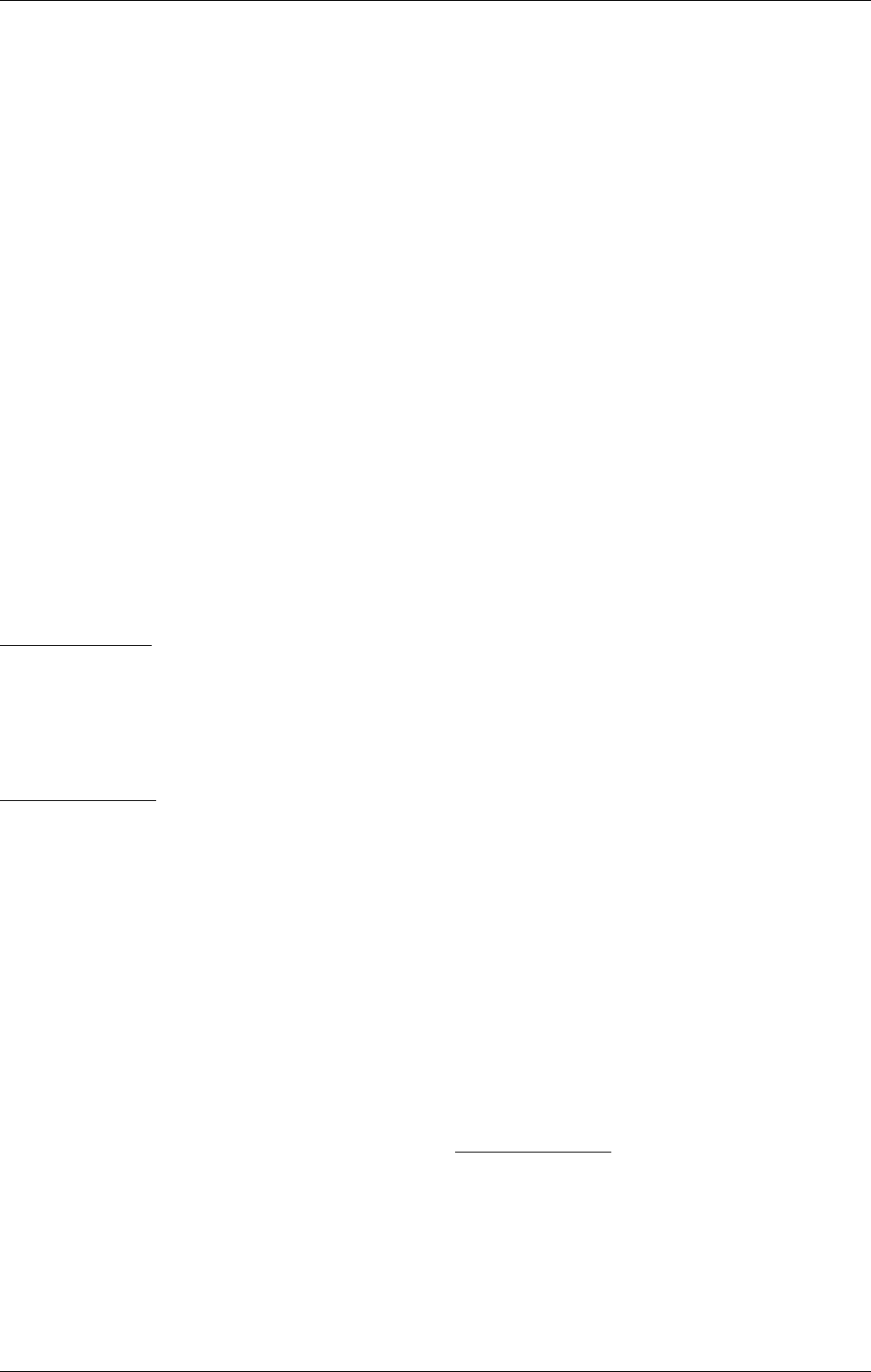
6 720 608 034
Troubleshooting
21
6.7 Water is too hot
1. Verify gas type indicated in rating sticker located on
right-hand side of cover, coincides with the gas type
you are using. NG is a natural gas unit and LP is for
liquid propane.
2. Adjust the gas control slide button from three flame
position towards the one flame position for cooler
temperatures. If the water is still too hot, the
temperature adjustment knob on the water heater
maybe set too high. Lower the setting and test water
temperature. This dial turns counter clockwise for lower
temperatures and clockwise for higher temperatures.
3. Inlet water is preheated. This model does not have a
thermostat and thus will not modulate flame height in
order to prevent over heating. It is designed for a cold
water feed only. Replumb the heater with cold water to
the inlet.
4. Increase the flow rate. Restrictions in the water path
can slow the flow of water through the heater, resulting
in very hot outlet temperatures. Restrictive
showerheads and faucet aerators should be cleaned
out or upgraded with less restrictive ones. In addition,
the water heater's inlet filter should be cleaned and
inspected (see chapter 5.2).
5. If water is still too hot, consult service bulletins on
www.boschpro.com to lower outlet temperatures
further.
6. If the water has a high mineral content, the heat
exchanger may be scaled internally. This restricts the
water path, causing the water to boil and produce
extremely hot temperatures. Instructions for descaling
the heat exchanger are available at
www.boschpro.com.
6.8 Water is not hot enough
1. Verify gas type indicated in rating sticker located on
right-hand side of cover, coincides with the gas type
you are using. NG is a natural gas unit and LP is for
liquid propane.
2. Flow at one particular tap is too great or too many
fixtures are running at one time. Lower flow to stay
within heater's specifications.
3. Ensure the gas control slide button is all the way to
the right. In addition, the temperature adjustment knob
on water heater maybe set too low. Turn the knob
clockwise for higher temperatures and test the water
temperature.
4. Shut off installer supplied cold water shut off valve (if
none installed, install before proceeding). Open all hot
water taps supplied by the heater. Wait 5 minutes and
check all taps. Any water running is a sign of a plumbing
crossover. Consult a local plumber or service person for
help in correcting a plumbing crossover.
5. Inspect the water path outside of the heater for
obstructions. Make sure all outlets (i.e. showerheads,
faucet aerators and whole house filters) are clear of
debris. Also, the water heater's inlet filter screen should
be inspected and cleaned (see chapter 5.2)
6. The water valve may be dirty, prohibiting it from fully
opening the gas valve. This part needs to be periodically
serviced (every 2-5 yrs depending on water quality and
use) (see chapter 5.2).
7. Gas pressure is too low. Ensure gas pressure is in
accordance with manufacturer's specifications (see
chapter 3.9). A gas pressure reading is needed to
proceed further. Contact your original installer or a local
certified gas technician to obtain this reading.
6.9 Burners ignite without hot water
flow
1. The water valve may be dirty and sticking, prohibiting
it from fully closing the gas valve. This part needs to be
periodically serviced (every 2-5 yrs depending on water
quality and use) (see chapter 5.2).
6.10 Low hot water pressure
1. Confirm adequate flow rate through the unit. With
cold supply shut off to the unit, disconnect hot outlet
side to the unit. Place a half gallon jug under hot outlet
to catch water. Open cold supply and measure flow rate
out of the unit. With temperature adjustment knob set all
the way clockwise, the flow rate should be close to
2gpm, filling the jug in 15 seconds. With the
temperature adjustment knob set all the way
counterclockwise, the flow rate should be close to
4gpm, filling the jug in 7 seconds. If the flow rate is not
adequate, inspect and clean the inlet filter screen (see
chapter 5.2).
2. Confirm the incoming water pressure to the unit is
above the required 30psi.
3. Inspect the water path outside of the heater for
obstructions. Make sure all outlets (i.e. showerheads,
faucet aerators and whole house filters) are clear of
debris.
4. Be sure to run only one major application at a time
with this unit. Opening too many taps at one time can
disperse water flow resulting in a diminished flow/
pressure at all outlets.
5. If the water has a high mineral content, the heat
exchanger may be scaled internally. This restricts the
water path, causing diminished water flow. Instructions
for descaling the heat exchanger are available at
www.boschpro.com.
6.11 Noise when heater is running
1. Confirm adequate flow rate through the unit. With
cold supply shut off to the unit, disconnect hot outlet
side to the unit. Place a half gallon jug under hot outlet
to catch water. Open cold supply and measure flow rate
out of the unit. With temperature adjustment knob set all


















